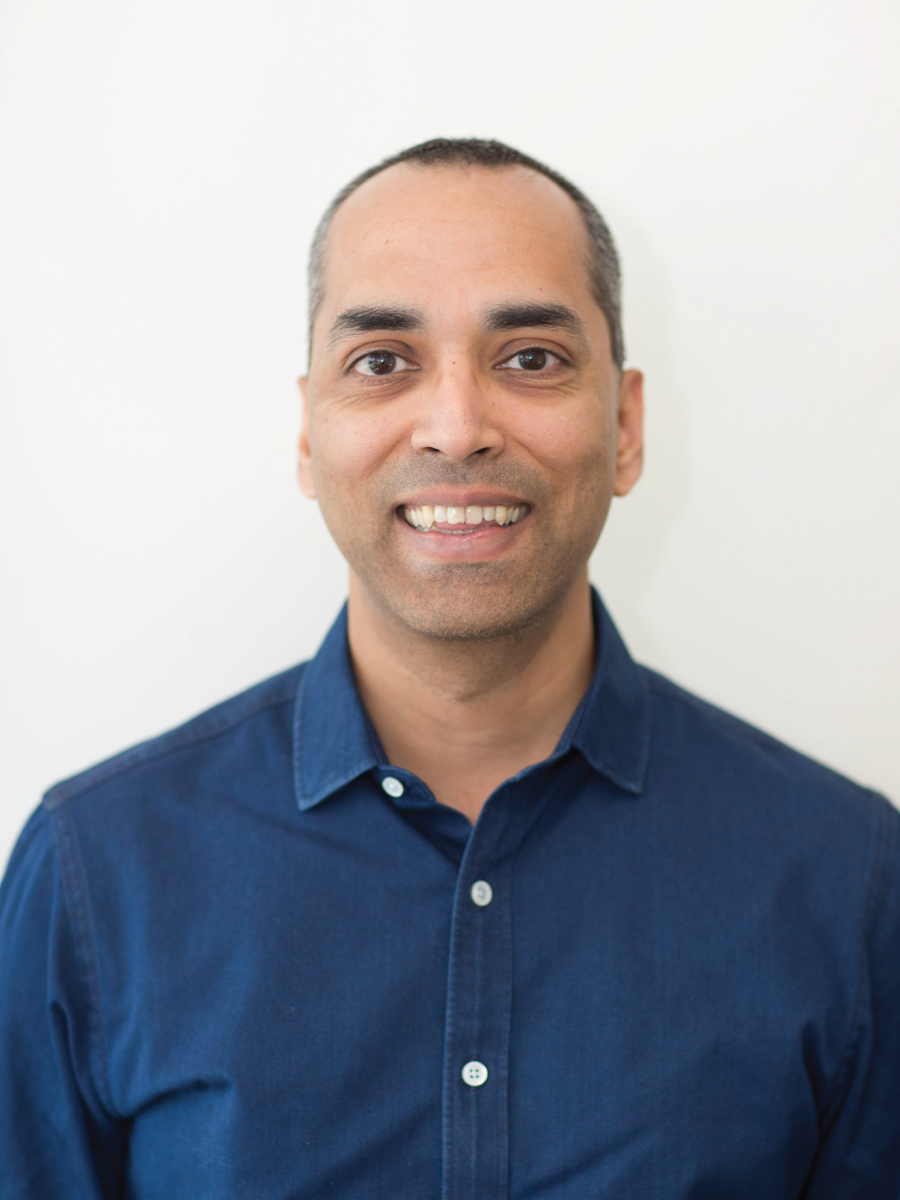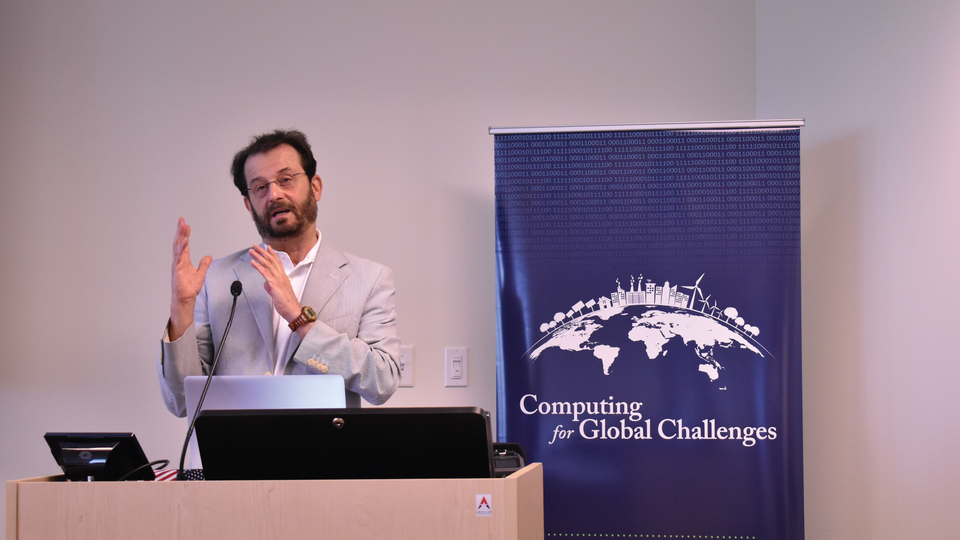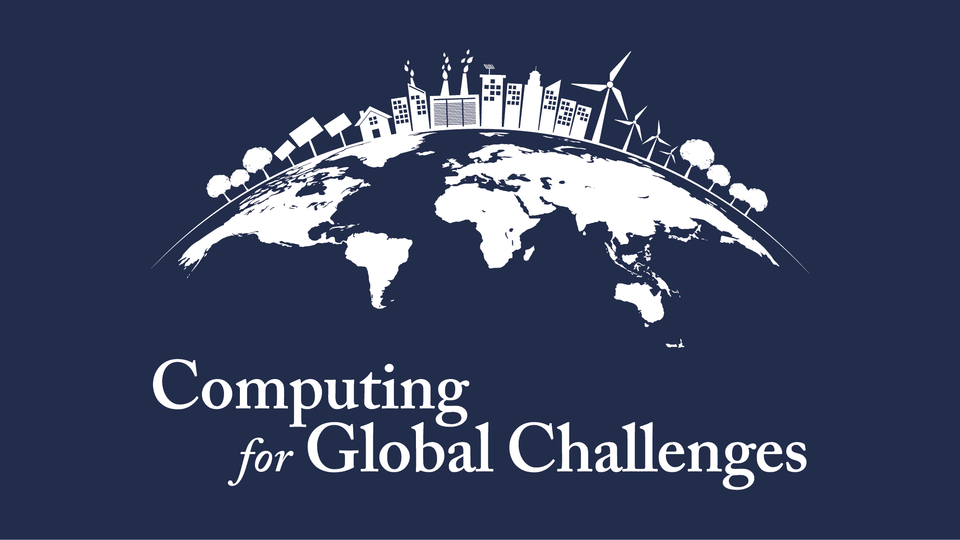Bio
Samarth Swarup is a research associate professor in the Network Systems Science and Advanced Computing division. Swarup earned his Ph.D. in Computer Science from the University of Illinois at Urbana-Champaign.
-
Resilience and Sustainability: Simulation methods for urban and environmental modeling, disaster response, epidemic mitigation and prevention.
Computational Social Science: Model-based informatics, racial and economic disparities, social media, big data.
Simulation Analytics: Social networks and social contagion, causality and sense-making in simulations, AI and machine learning.
-
University of Illinois at Urbana-Champaign, Computer Science, Ph.D., 2007
University of Bombay, Computer Engineering, B.E., 1998
Researchers from UVA’s Biocomplexity Institute and School of Engineering and Applied Science, working with a team of multi-disciplinary scientists from around the world, have spent the last two years developing highly advanced computational models designed to inform policy makers, save lives and prepare for future global epidemics.
Researchers at the University of Virginia Biocomplexity Institute are founding partners of a national research institute that will develop artificial intelligence-driven solutions for some of agriculture’s biggest problems: labor, water, weather, and climate change.
As the COVID-19 global health crisis continues to unfurl worldwide, the questions around global pandemics are no longer “if” they will occur, but how frequent, widespread, and severe those that come next will become.
Consider this your guide to the dos and don’ts of social distancing.

The University of Virginia’s Biocomplexity Institute and Initiative capped off its first year of existence Monday with a keynote for its summer undergraduate program.

In early June, 16 University of Virginia undergraduate students joined the Biocomplexity Institute’s Network Systems Science and Advanced Computing division (NSSAC) to take on some of our world’s most challenging issues relating to health, infrastructure, and the environment.






